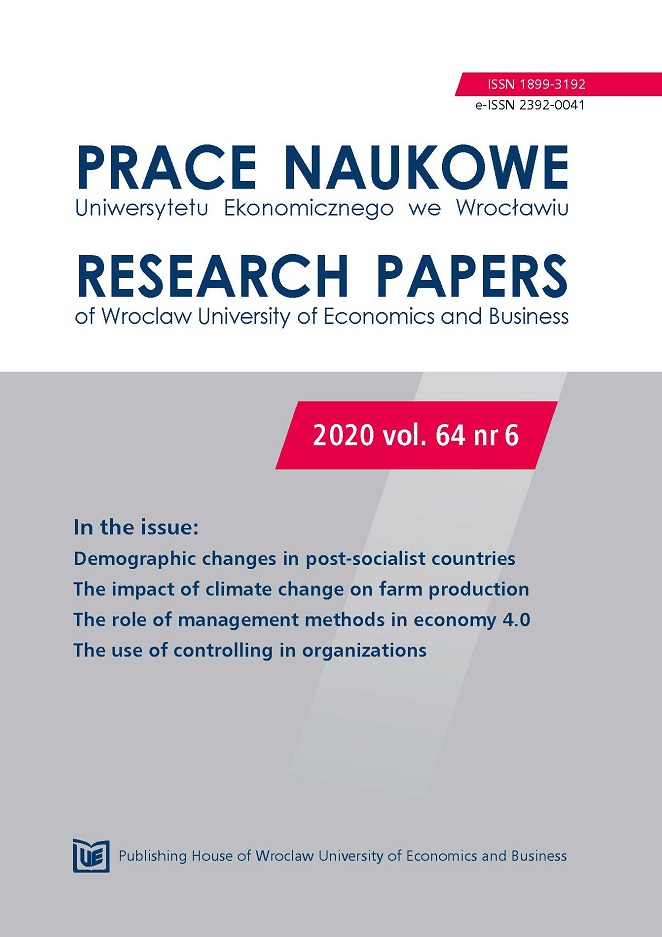Zmiany demograficzne w państwach postsocjalistycznych w latach 1992-2017
Demographic changes in post-socialist countries in the period 1992-2017
Author(s): Grażyna KarmowskaSubject(s): National Economy
Published by: Wydawnictwo Uniwersytetu Ekonomicznego we Wrocławiu
Keywords: demographic potential; Webb’s method; demographic potential index
Summary/Abstract: Demographic potential is one of the key determinants of regional development. On a global level, it is the balance of births and deaths that defines population change. However, on a regional level, migration balance needs to be considered as well. Another significant factor is the structure of population with regard to age and professional activity. This paper aims to assess the demographic changes in selected European and Central Asian countries over the 1992-2017 period and set these findings against changes in the standard of living measured by HDI and economic wellbeing measured by GDP per person employed. The regression function was applied to determine trends of the study variables, Webb’s method was employed to assess demographic activity and multidimensional comparative analysis was used to construct a demographic index and create a ranking of objects. Among the countries researched, in 1992 only eight could be categorized as demographically active, and in 2017 this number went down to five. In comparison to 1992, the demographic potential of most of the study countries dropped by an average of 0.05.
Journal: Prace Naukowe Uniwersytetu Ekonomicznego we Wrocławiu
- Issue Year: 64/2020
- Issue No: 6
- Page Range: 87-102
- Page Count: 16
- Language: English

